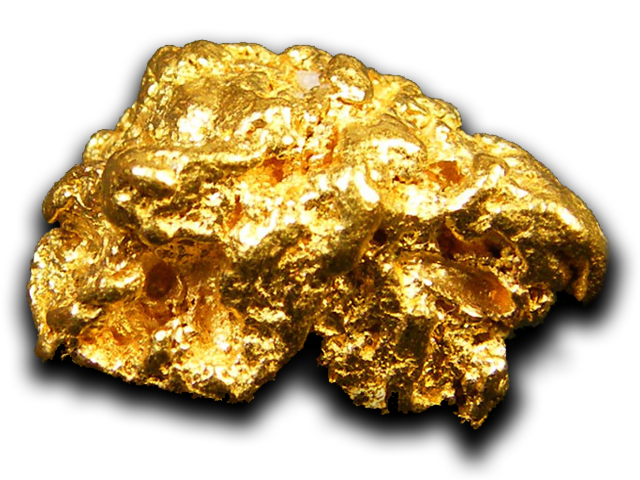
Gold can be used in food and has the E number 175. In 2016, the European Food Safety Authority published an opinion on the re-evaluation of gold (E 175) as a food additive. Concerns included the possible presence of minute amounts of gold nanoparticles in the food additive, and that gold nanoparticles have been shown to be genotoxic in mammalian cells in vitro. Gold leaf, flake or dust is used on and in some gourmet foods, notably sweets and drinks as decorative ingredient. Gold flake was used by the nobility in medieval Europe as a decoration in food and drinks, in the form of leaf, flakes or dust, either to demonstrate the host's wealth or in the belief that something that valuable and rare must be beneficial for one's health. Danziger Goldwasser (German: Gold water of Danzig) or Goldwasser (English: Goldwater) is a traditional German herbal liqueur produced in what is today Poland, and Schwabach, Germany, and contains flakes of gold leaf. There are also some expensive (~$1000) cocktails which contain flakes of gold leaf. However, since metallic gold is inert to all body chemistry, it has no taste, it provides no nutrition, and it leaves the body unaltered. Vark is a foil composed of a pure metal that is sometimes gold, and is used for garnishing sweets in South Asian cuisine.
